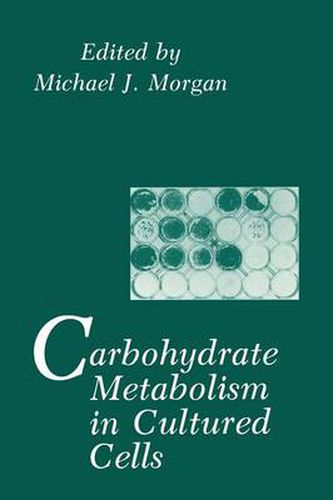Readings Newsletter
Become a Readings Member to make your shopping experience even easier.
Sign in or sign up for free!
You’re not far away from qualifying for FREE standard shipping within Australia
You’ve qualified for FREE standard shipping within Australia
The cart is loading…






This title is printed to order. This book may have been self-published. If so, we cannot guarantee the quality of the content. In the main most books will have gone through the editing process however some may not. We therefore suggest that you be aware of this before ordering this book. If in doubt check either the author or publisher’s details as we are unable to accept any returns unless they are faulty. Please contact us if you have any questions.
It is perhaps obvious to any student of Biology that the discovery of chemical processes in whole organisms has usually preceded the elucidation of the compo nent steps. However, it is perhaps less obvious that the unravelling of the se quences in which those chemical steps occur in living matter, of the precise mechanisms involved, and of the manner in which they are regulated, would have been achieved neither by the study of intact plants and animals nor even of extracts derived from them. Our ability to understand the nature and regulation of metabolism rests on two main premises: the postulate that life processes can indeed be validly investigated with individual cells and cell-free extracts, and the thesis that there is an essential unity in biochemistry (as Kluyver put it, 60 years ago) that enables events in one organism to be legitimately studied in another. Of particular utility in this latter respect has been the use of cultures of single-celled organisms, growing in defined media-especially prokaryotes, such as Escherichia coli, and eukaryotes, such as Neurospora and Sac charomyces sp. , to which both biochemical and genetical techniques could be applied. It was, of course, Pasteur’s observations of bacterial fermentations that first overthrew the belief that oxygen was essential for all energy-yielding pro cesses: his recognition that La fermentation … . . c’ est La vie sans air laid the foundations of our knowledge of glycolysis.
$9.00 standard shipping within Australia
FREE standard shipping within Australia for orders over $100.00
Express & International shipping calculated at checkout
This title is printed to order. This book may have been self-published. If so, we cannot guarantee the quality of the content. In the main most books will have gone through the editing process however some may not. We therefore suggest that you be aware of this before ordering this book. If in doubt check either the author or publisher’s details as we are unable to accept any returns unless they are faulty. Please contact us if you have any questions.
It is perhaps obvious to any student of Biology that the discovery of chemical processes in whole organisms has usually preceded the elucidation of the compo nent steps. However, it is perhaps less obvious that the unravelling of the se quences in which those chemical steps occur in living matter, of the precise mechanisms involved, and of the manner in which they are regulated, would have been achieved neither by the study of intact plants and animals nor even of extracts derived from them. Our ability to understand the nature and regulation of metabolism rests on two main premises: the postulate that life processes can indeed be validly investigated with individual cells and cell-free extracts, and the thesis that there is an essential unity in biochemistry (as Kluyver put it, 60 years ago) that enables events in one organism to be legitimately studied in another. Of particular utility in this latter respect has been the use of cultures of single-celled organisms, growing in defined media-especially prokaryotes, such as Escherichia coli, and eukaryotes, such as Neurospora and Sac charomyces sp. , to which both biochemical and genetical techniques could be applied. It was, of course, Pasteur’s observations of bacterial fermentations that first overthrew the belief that oxygen was essential for all energy-yielding pro cesses: his recognition that La fermentation … . . c’ est La vie sans air laid the foundations of our knowledge of glycolysis.